Business Analytics 4: Decision-Making Traps Discussion Example
VerifiedAdded on 2022/10/11
|5
|929
|17
Discussion Board Post
AI Summary
This discussion board post analyzes the "anchoring trap" in decision-making within a business context, drawing from the Harvard Business Review article "The Hidden Traps in Decision Making." The student provides a personal example from their experience in a mid-sized technological farm, where a CEO's decision to promote a manager was influenced by a casual comment, thereby illustrating the anchoring trap. The post explains how the CEO gave undue weight to initial information, leading to a suboptimal choice. Recommendations include maintaining an open mind, considering multiple perspectives, and establishing a decision-making body to mitigate the impact of biases. The post underscores the importance of recognizing and avoiding cognitive biases to make more rational and effective decisions in leadership and management roles. The assignment fulfills the prompt by selecting a decision-making trap (excluding the sunk cost trap), providing a real-world example, and explaining why it fits the chosen trap's characteristics.
1 out of 5
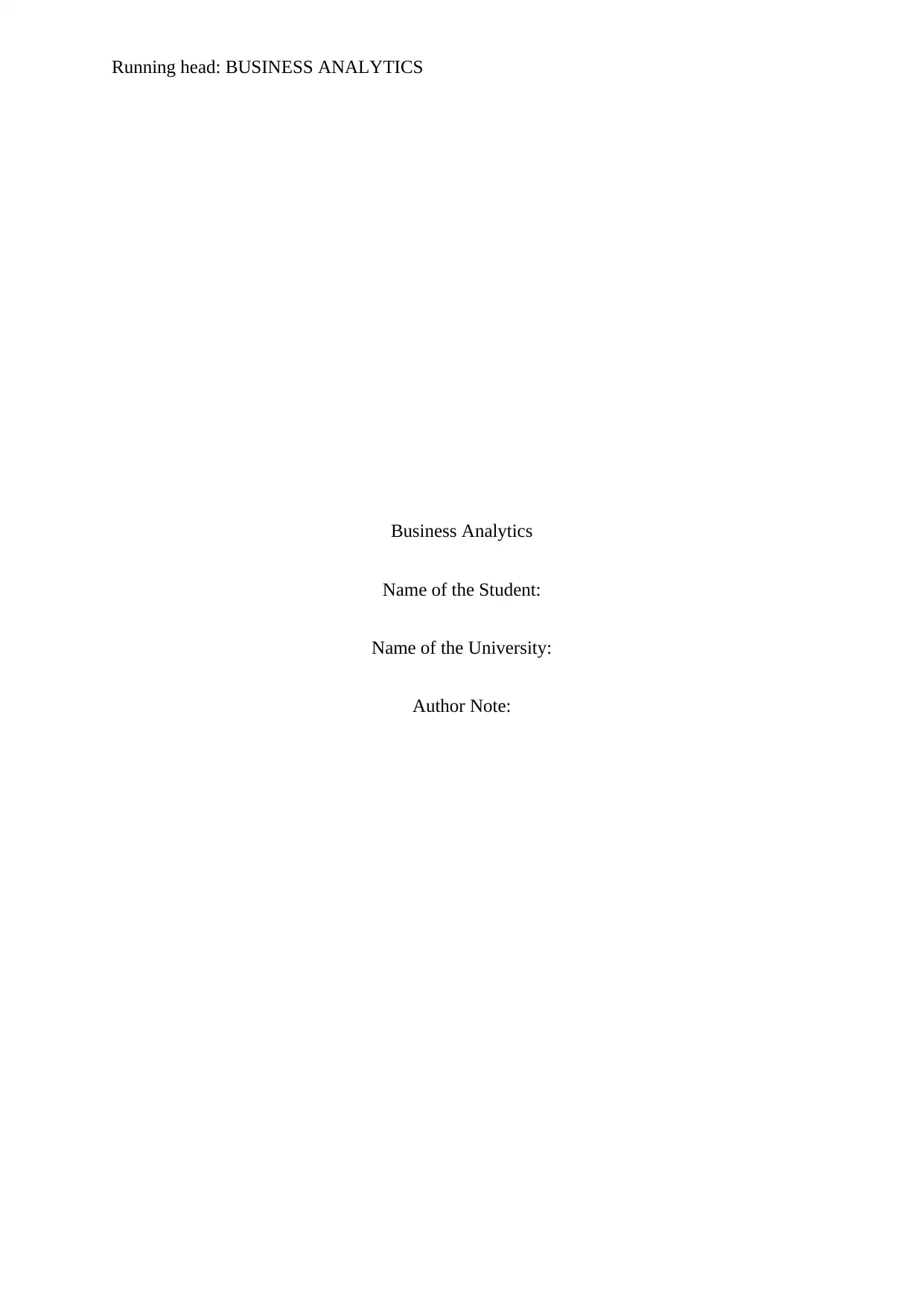
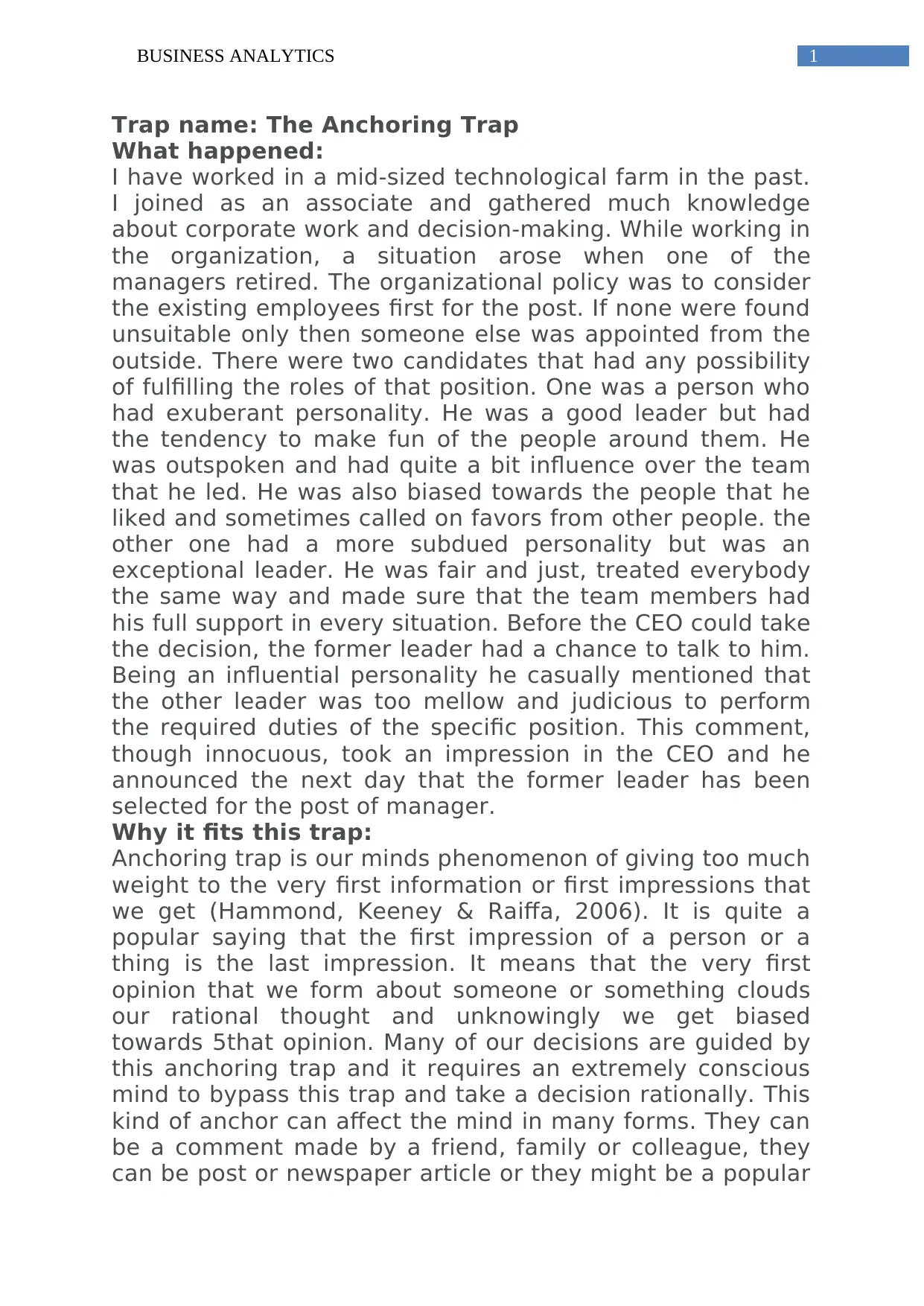
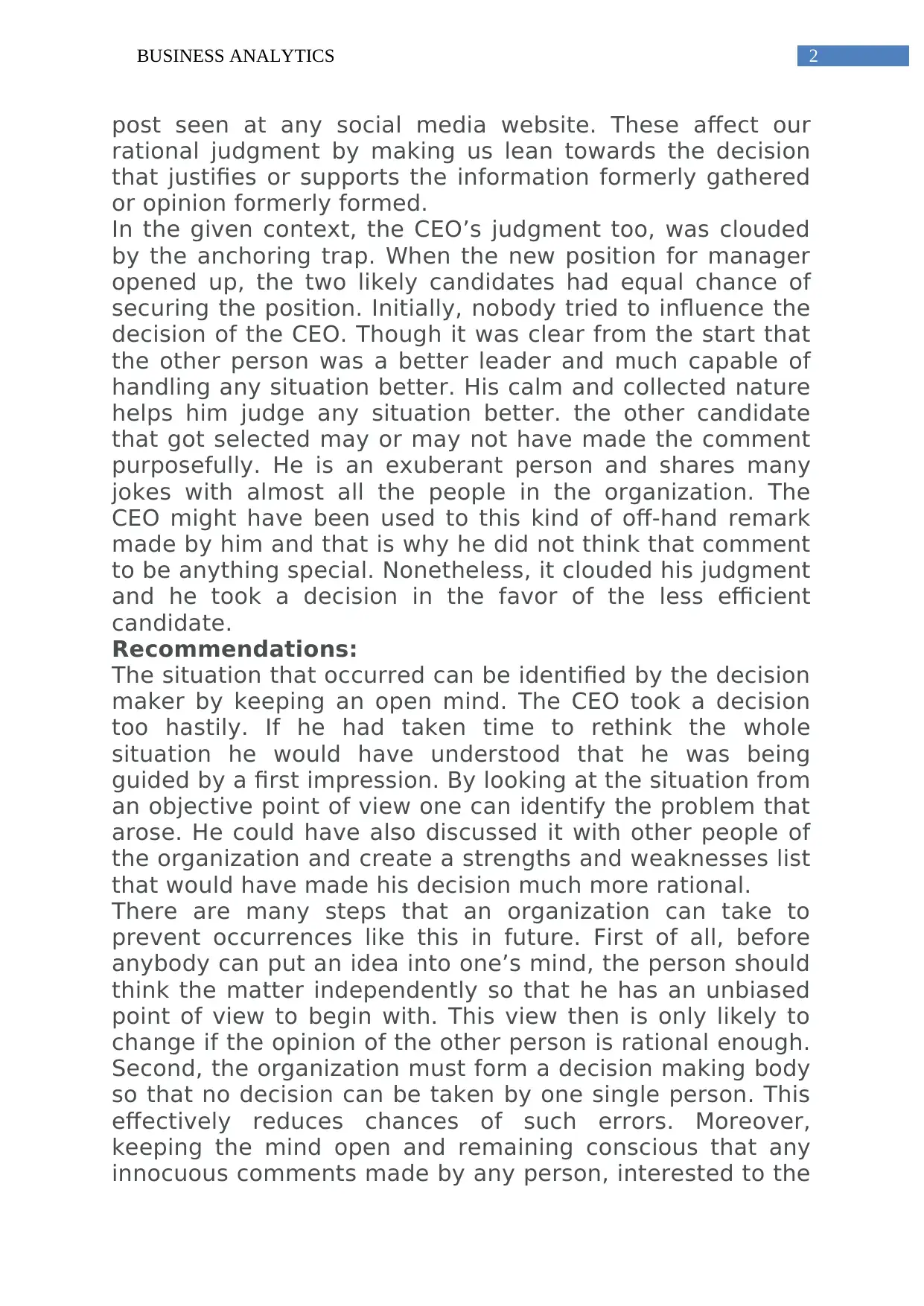

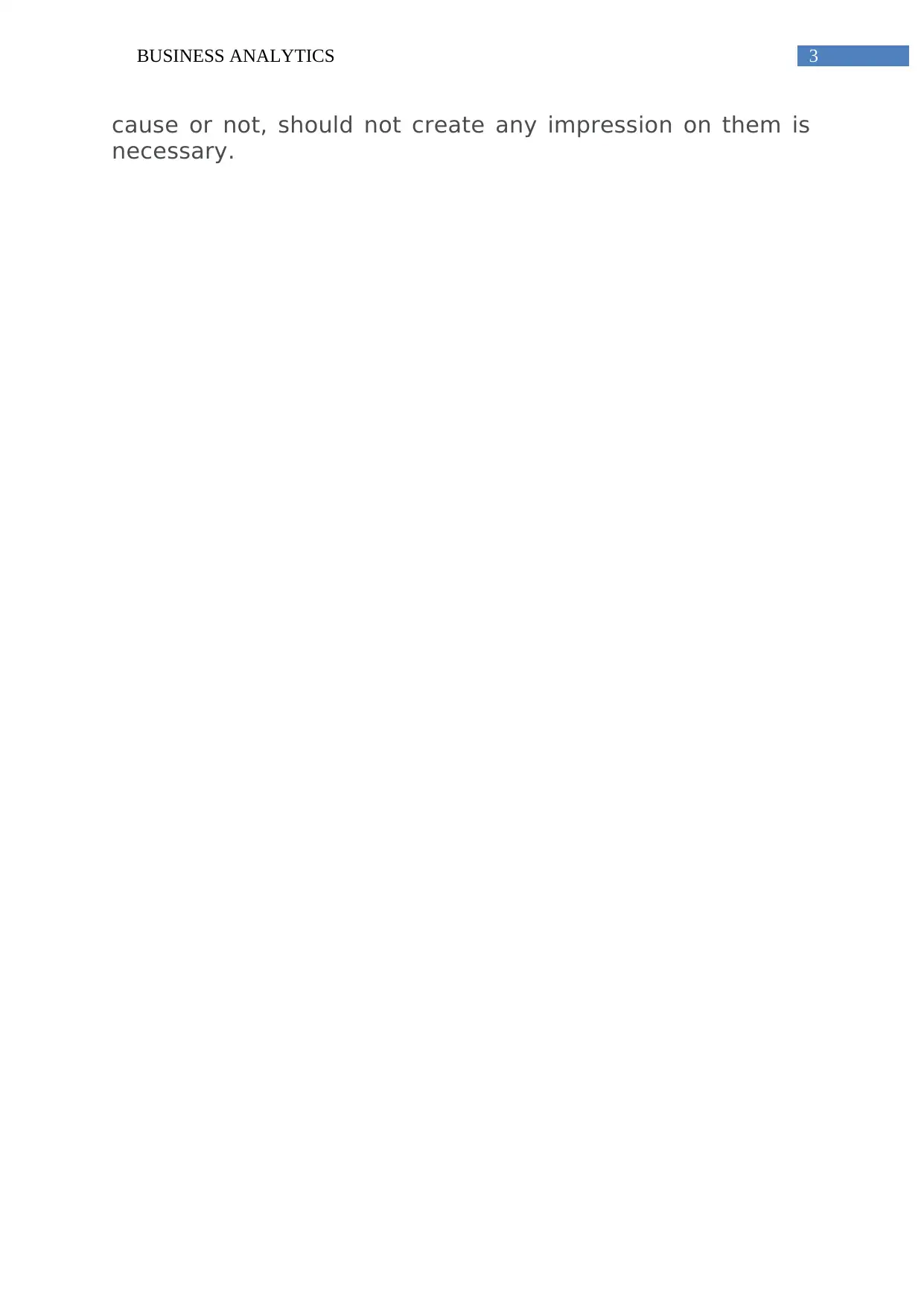
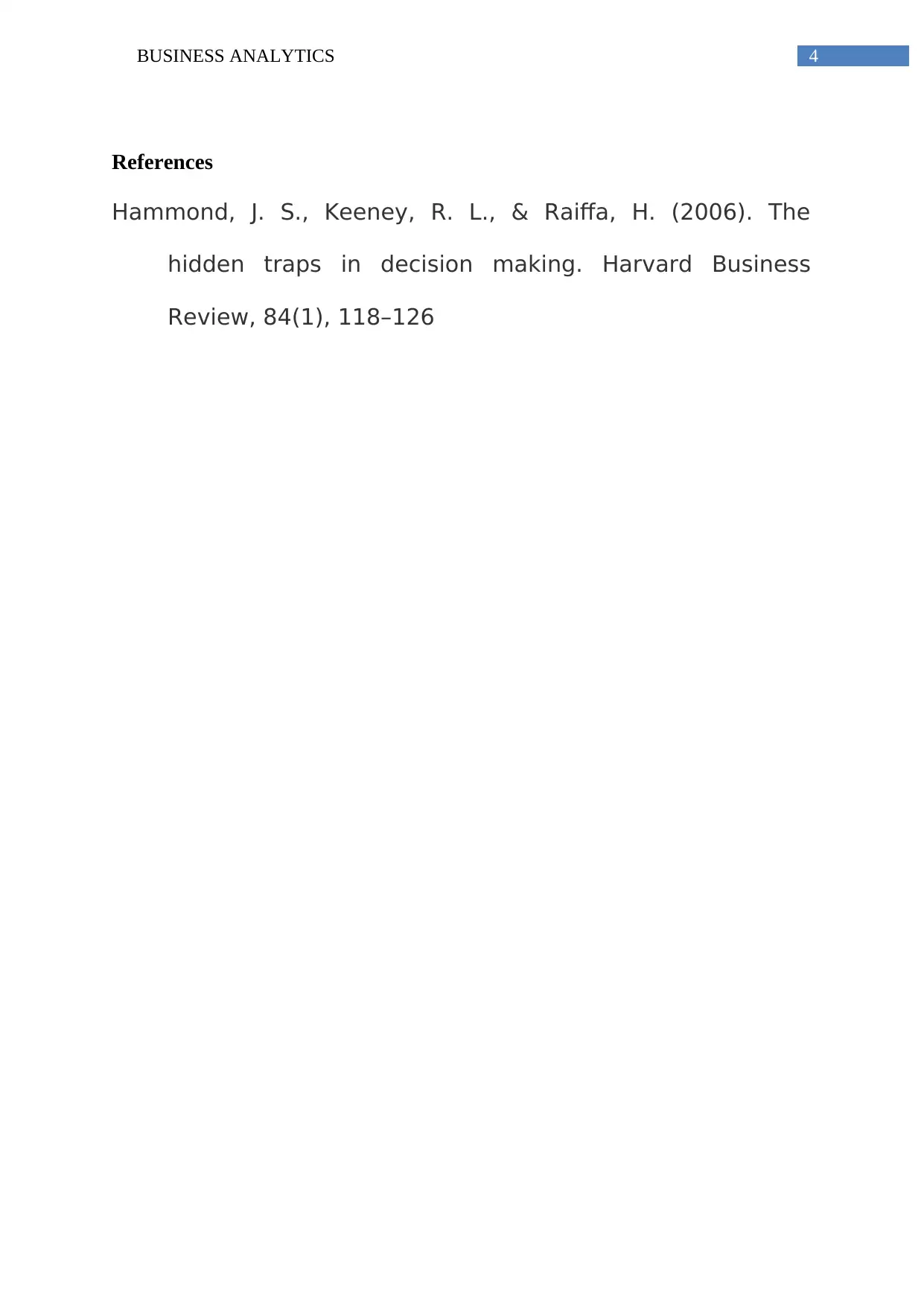

![[object Object]](/_next/static/media/star-bottom.7253800d.svg)